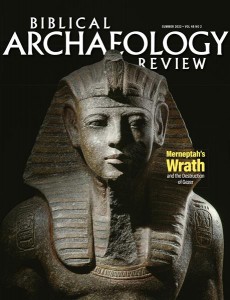Epistles: Biblical Profile: Aseneth of Egypt

Many know the tale about Joseph, Jacob’s beloved son who was sold into slavery by his jealous brothers, exploited, and imprisoned, but who eventually rose to become second-in-command over Egypt (Genesis 37-50). Buried in this story is a brief reference that fascinated Jewish writers in antiquity: Joseph’s wife, Aseneth, was Egyptian.
According to Genesis, she was the daughter of an Egyptian priest (Potiphera in Hebrew; Pentephres in Greek), and she married Joseph and bore Manasseh and Ephraim (Genesis 41:45, Genesis 50–52). Aseneth is never mentioned again in the Tanakh or Christian Bible, and Genesis expresses no concern that she was Egyptian. The Israelite ancestral stories are interesting in this regard; sometimes they care about endogamy (marrying within kinship boundaries), and sometimes they do not (e.g., compare Genesis 24 and Genesis 28 with Genesis 38). Nevertheless, what didn’t bother the scribes of Genesis raised questions for later Jewish writers. How could Joseph marry an Egyptian woman?
Among other ideas, rabbinic authors suggested that Aseneth was the daughter of Joseph’s half-sister Dinah (Pirqe Rabbi Eliezer 38; Soferim 21), but a Hellenistic Jewish writer took a different tack, narrating how Aseneth changed her allegiances to Joseph’s deity.1
Already a library member? Log in here.
Institution user? Log in with your IP address.

